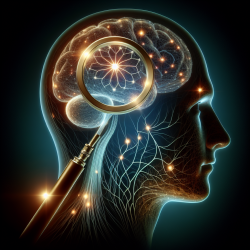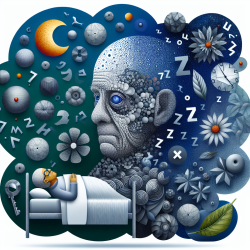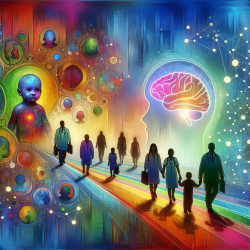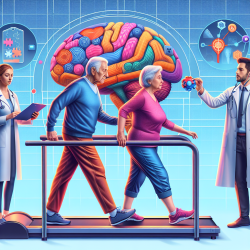Understanding Neurological Soft Signs in Chronic Schizophrenia
Neurological soft signs (NSS) are subtle abnormalities in sensory integration, motor coordination, and sequencing of complex motor acts. These signs are prevalent in patients with schizophrenia and have been associated with structural changes in the brain. A recent study titled Neurological soft signs (NSS) and brain morphology in patients with chronic schizophrenia and healthy controls provides insights into the brain regions affected by NSS in chronic schizophrenia.
Key Findings of the Study
The study examined 49 middle-aged patients with chronic schizophrenia and 29 healthy controls, using high-resolution magnetic resonance imaging (MRI) to assess grey matter (GM) volume. The findings revealed that patients with chronic schizophrenia had significantly elevated NSS compared to healthy controls. These elevated NSS were correlated with reduced GM in specific brain regions, including:
- Right lingual gyrus
- Left parahippocampal gyrus
- Left superior temporal gyrus
- Left thalamus (medial dorsal nucleus)
- Left posterior lobe of the cerebellum (declive)
These findings suggest that the lingual, parahippocampal, superior temporal, inferior and middle frontal gyri, thalamus, and cerebellum are important sites of NSS in chronic schizophrenia.
Implications for Practitioners
For practitioners working with schizophrenia patients, these findings highlight the importance of considering NSS in the context of brain morphology. Understanding the brain regions associated with NSS can aid in the development of targeted interventions to address these signs. Practitioners are encouraged to:
- Incorporate assessments of NSS into routine evaluations of schizophrenia patients.
- Consider the potential impact of NSS on cognitive and motor functions when designing treatment plans.
- Stay informed about the latest research on brain morphology and its relationship with NSS to enhance therapeutic approaches.
Encouraging Further Research
The study underscores the need for further research into the cerebral correlates of NSS in chronic schizophrenia. Practitioners and researchers alike should explore the potential mechanisms underlying these associations and their implications for treatment. Future studies could focus on:
- Longitudinal analyses to track changes in brain morphology and NSS over time.
- Investigating the effects of different antipsychotic treatments on NSS and brain structure.
- Exploring the relationship between NSS and functional outcomes in schizophrenia.
To read the original research paper, please follow this link: Neurological soft signs (NSS) and brain morphology in patients with chronic schizophrenia and healthy controls.










